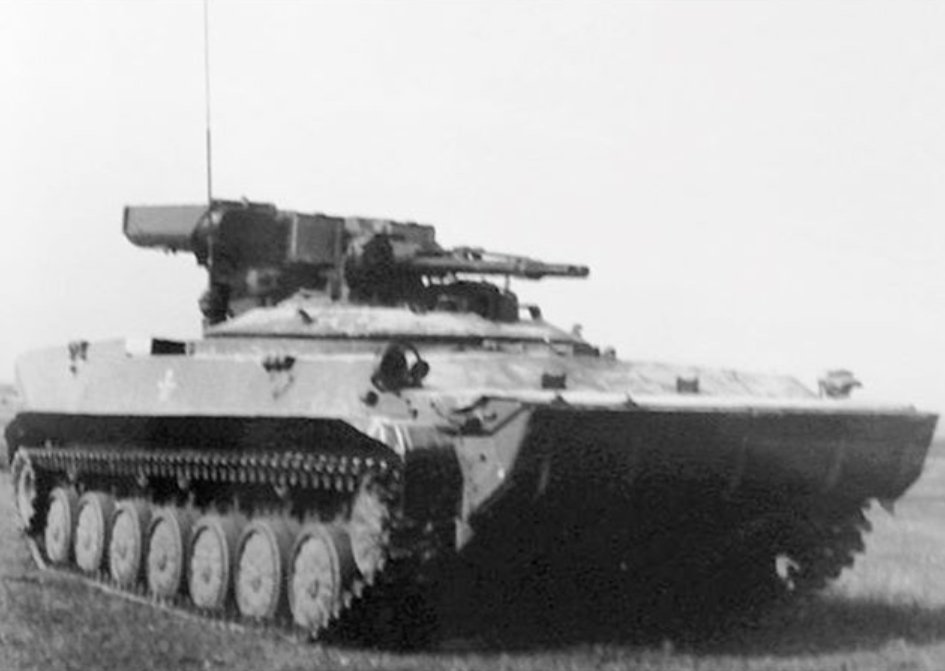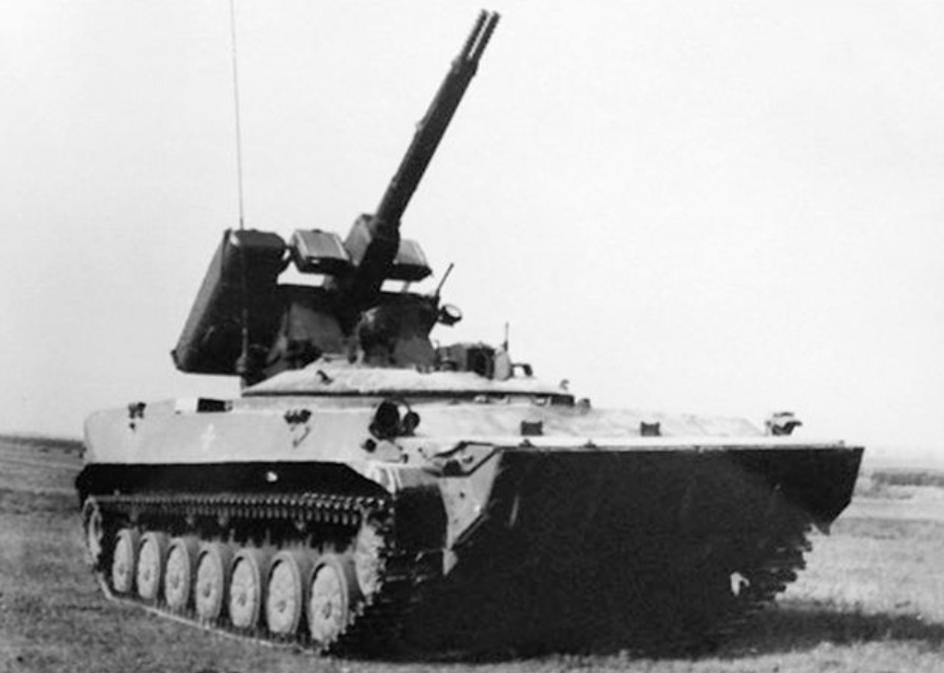- Yes
- No
- Tech tree
- Premium
- Event (Squadron, Battle Pass, etc.)
- I do not want it
Hello !
I’d like to suggest the addition of the one-off Object 934 converted as a BMPT.
History
Spoiler
December 1979. Soviet troops entered Afghanistan and thus began one of the greatest challenges ever faced by the Soviet Army - asymmetric warfare. They arrived with heavy vehicles, very heavy for the region, such as the T-62. If these armored vehicles were overpowering compared to the enemy’s equipment, well, the reality on the ground meant that the most popular equipment was lighter. For example, the BMP-2. It’s a simple, inexpensive vehicle, versatile in its troop-carrying capacity, but still formidable thanks to its 30-mm cannon and anti-tank missile launcher.
Afghanistan is a very mountainous country, and a significant part of the Soviet invasion took place in these mountains. In this context, the high elevation of the BMP’s 30-mm gun was a major asset, setting it apart from tanks whose guns didn’t have the same amplitude. The same applied to anti-aircraft vehicles like the ZSU-23-4.

It was at this point that the idea of a more versatile armored vehicle really took shape. It would retain the capabilities of an IFV against soft targets, but would be as armored as a tank, enabling it to accompany tanks in their breakthroughs and provide them with better cover against infantry.
In 1986, towards the end of the conflict in Afghanistan, several companies began work on such a vehicle. Chelyabinsk’s GSKB-2 chief designer, Valery Vershinsky, summed up the role of the armored vehicle perfectly. “Build a vehicle as armored as a tank and armed with powerful automatic weapons. Place it shoulder-to-shoulder with the tanks, or perhaps even in front of them. It will then destroy infantry in front of and on the flanks of the tank, giving the latter the opportunity to destroy targets of interest such as anti-tank guns, missile launchers or enemy tanks.”


Since work was ongoing at Chelyabinsk, the TsNIITOCHMASH took the opportunity to build its own BMPT. However, the lack of available main battle tank chassis meant that they would have to rely on an unexpected one… the 934 “Sudya”. They would install a comprehensive weapons system using the double-barreled gun 2A38, 2 Konkurs ATGMs (Kornet was in development and should have replaced them), 1 30-mm AG-17D grenade launcher and 1 7.62-mm coaxial machine gun.
While the (E)781 sp7 was deemed the better vehicle, the GSKB-2 started working on a successor in early 1991 named 782 under the R&D topic “Ramka”. The name 782 is often used to refer to the (E)781 sp8 but that is a common mistake based on their similar appearance. The projects were officially stopped with the fall of the USSR and resumed privately in 1996.
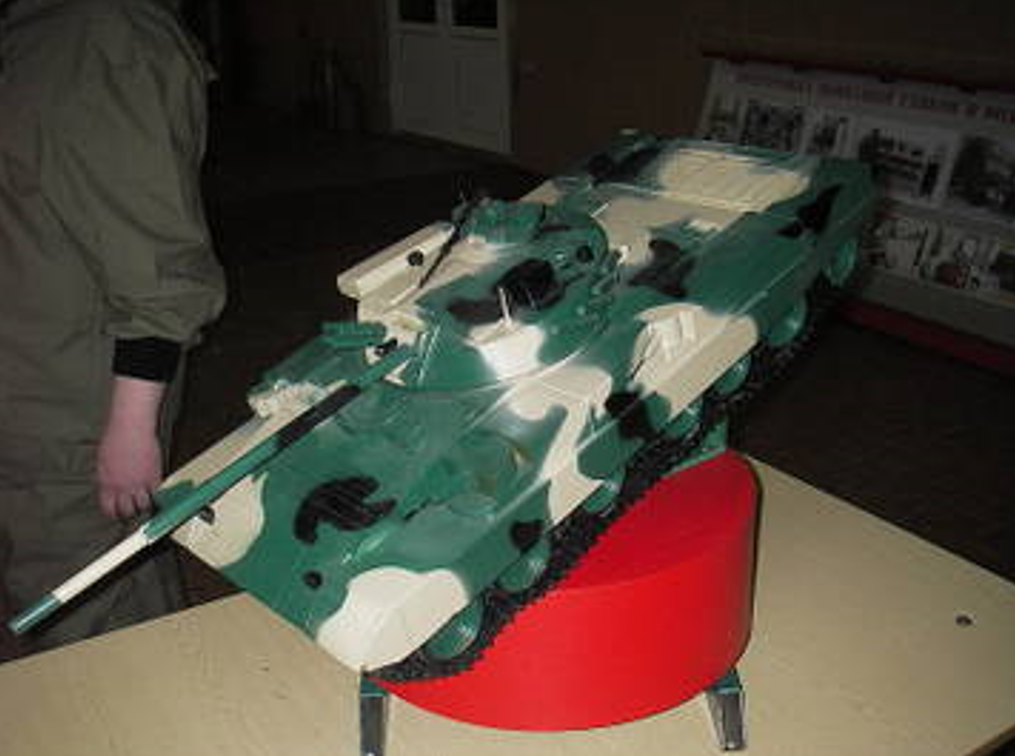
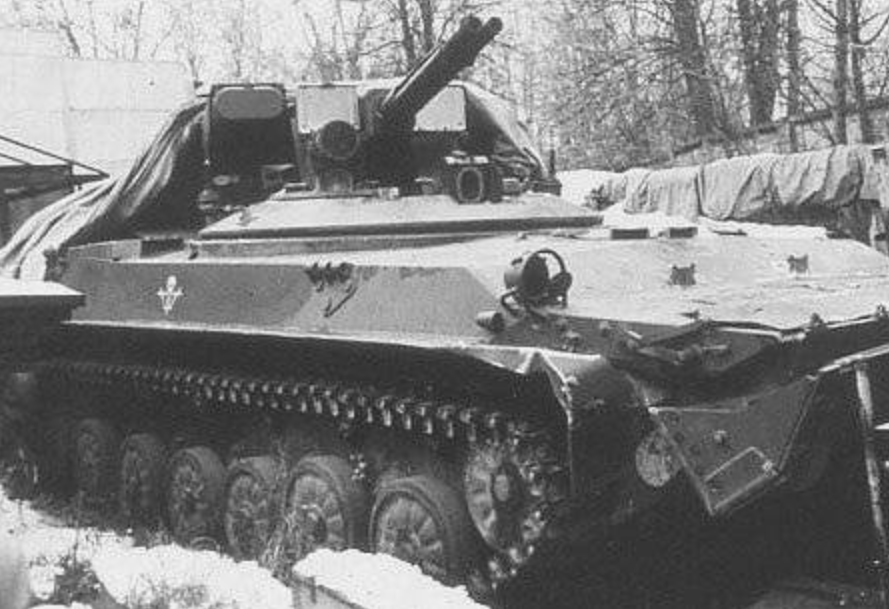
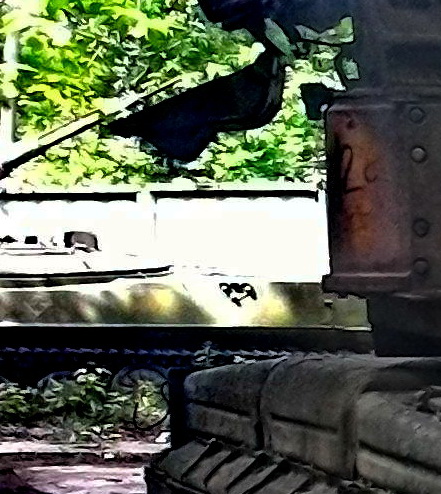
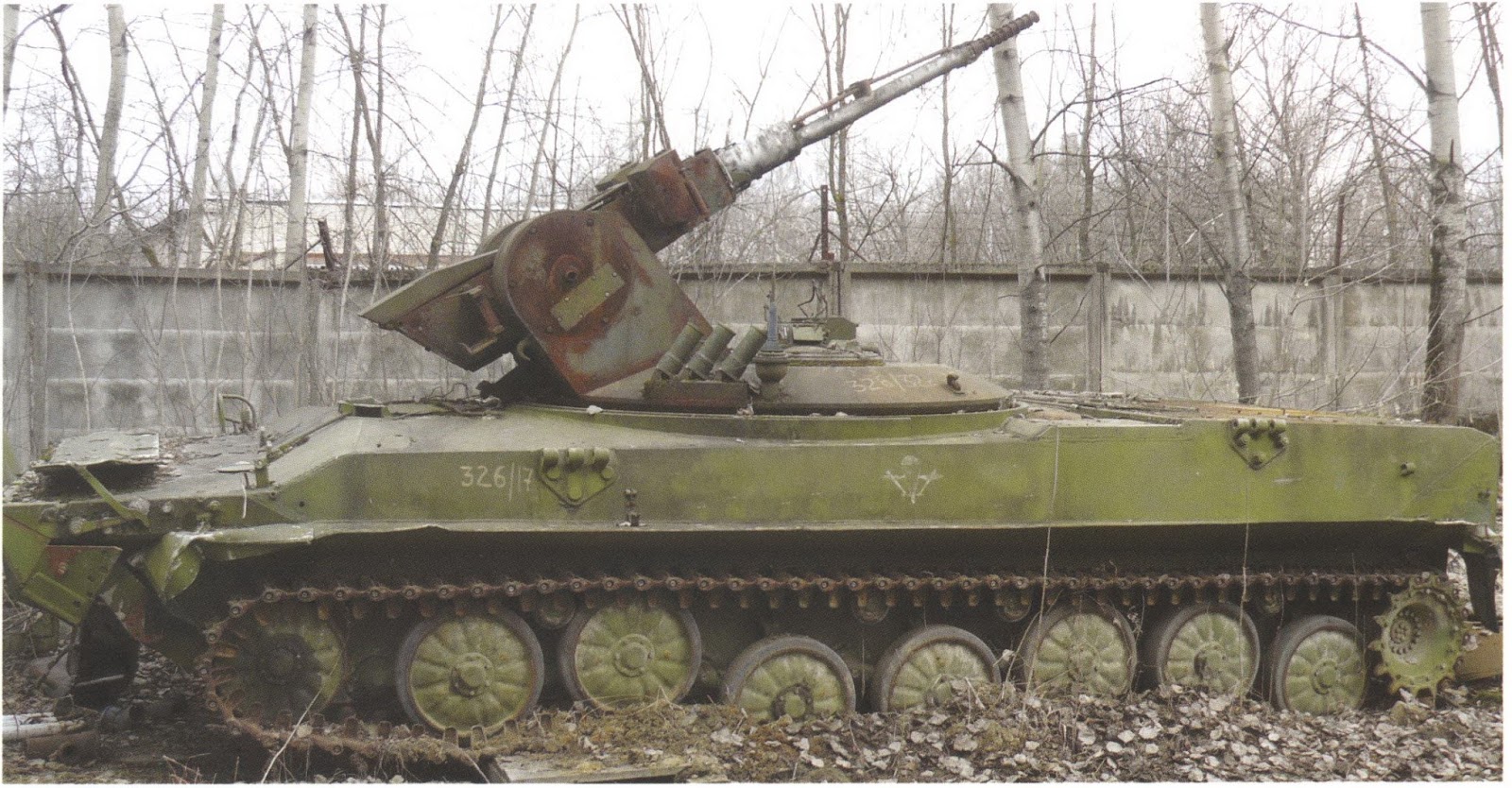
Specifications
Crew : 3
- Driver
- Gunner
- Commander
Armament
- One 30 mm gun 2A38 (Ammo : unknown)
- Six Konkurs (as built) or Kornet (as intended) missiles
- One 30 mm grenade launcher AG-17
- One 7.62 mm machine gun PKT
- Sights : 1K13-2
- Elevation : unknown
Dimensions
- Weight : ~ 15 t
- Length : ~ 7 m
- Width : 3.15 m
- Height : ~2.4 m
Mobility
- Engine : 2V-06 (400 hp)
- Top speed : 70 km/h (10 in water) / -20 km/h
- Transmission : 4 forward / 2 reverse
Armor
The tank was required to withstand the following threats, as shown on this small drawing I made. It is made in accordance with the Soviet rules of calculating a protection arc, off the hull. The armor is made of ABT-101 alloy.
Spoiler
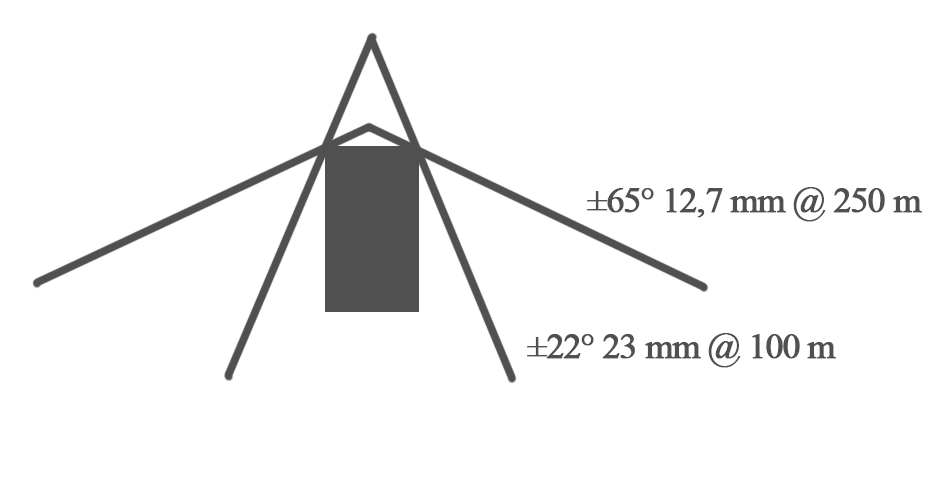
Sources
- Техника и Вооружение N°08/2018, p. 4-9
- Gur Khan attacks!: Гниющие раритеты
- https://topwar.ru/27164-istoriya-poyavleniya-bmpt.html
